The versatile chatelaine has been worn over the centuries by women all over the world. Women in ancient Rome wore chatelaines with ear scoops, nail cleaners, and tweezers. Women in Roman Britain wore ‘chatelaine brooches’, and in the 16th century wealthy Dutch ladies wore them as watch chains. In spite of the great variety of times, places and objects that might have been involved, the basic chatelaine consists of a pin or brooch which may be fastened to a bodice or waistband, or a hook that can be slipped over the waistband of a skirt. From this pin or hook, any number of small chains are suspended, and on the end of each chain is some item that the lady might find useful.
In the Barrington House collection in Prescott, Arizona, is a chatelaine with all of the required instruments for administering opium. While this is a very rare example, others are far more common. A seamstress wouldn’t be without her sewing chatelaine, which would commonly have a scissors sheath, within rested a tiny pair of scissors, a small case for needles, perhaps a thread cutter, a thimble case, a pin cushion, or even a bodkin; a small tweezer-like tool that would grip a piece of ribbon or cord that could then be threaded through a bit of lace or other embellishment. The lady of a grand house or her head housekeeper would typically wear a chatelaine from which were suspended the keys to the linen press, the silver drawer, or any other box or hutch that contained items valuable to the family. The woman with the keys to all the many desks, chest of drawers, food hampers, pantries, storage containers, and many other locked cabinets was “the woman of the household.” As such, she was the one who would direct the servants, housemaids, cooks and delivery servicemen and would open or lock the access to the valuables of the house. On the chatelaine would hang the keys which gave her the authority over who could access what within the household. Frequently this hostess was the senior woman of the house.
When a young lady married a son and moved into his father’s house, the son’s mother would usually hold on to the keys. However, if the mother became a widow, the keys and their responsibilities and status were often passed to the oldest son’s wife. Younger women and daughters in the house often wanted the appearance of this responsibility, and would often wear a pretty chatelaine without the keys, but with a variety of other objects instead. Especially bright and glittering objects that could be used to start a conversation were attached instead of the keys.
The name chatelaine derives from the French term châtelaine and was originally used disparagingly, as it referred to a device designed to have all the tools necessary for the woman of the household to sort out any problem she may encounter in her day. However, this negative term soon lost any derogatory meaning, as the item was always practical and often beautiful as well.
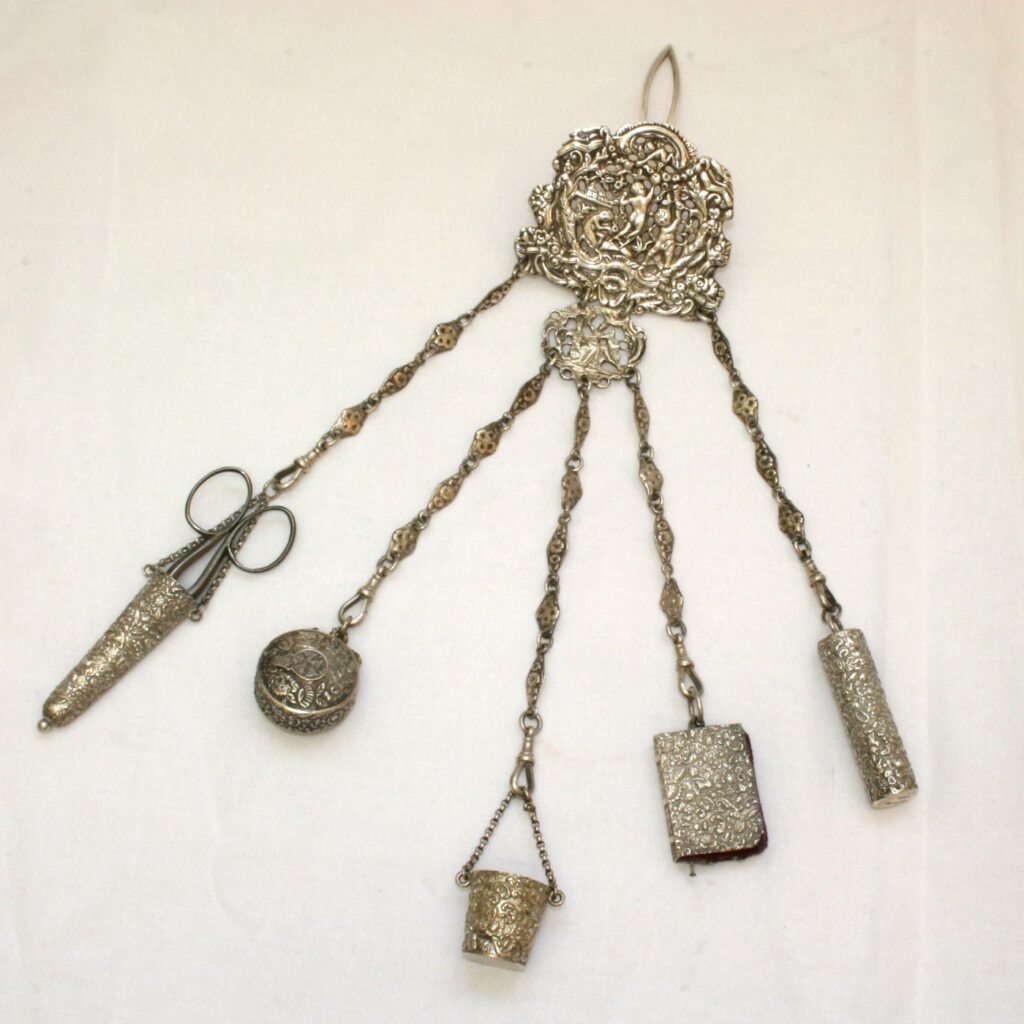

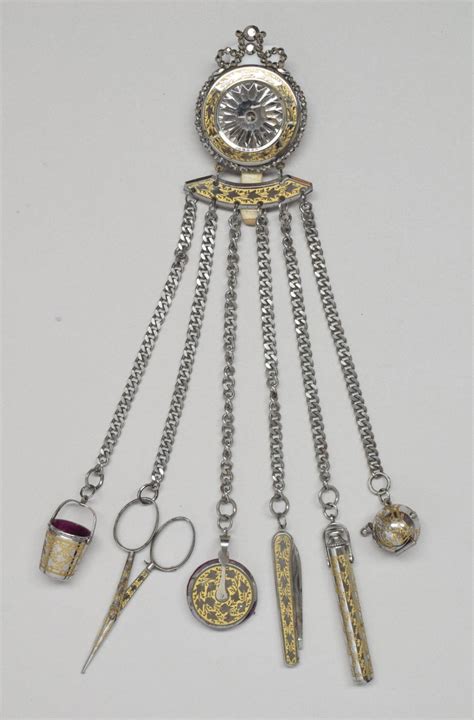

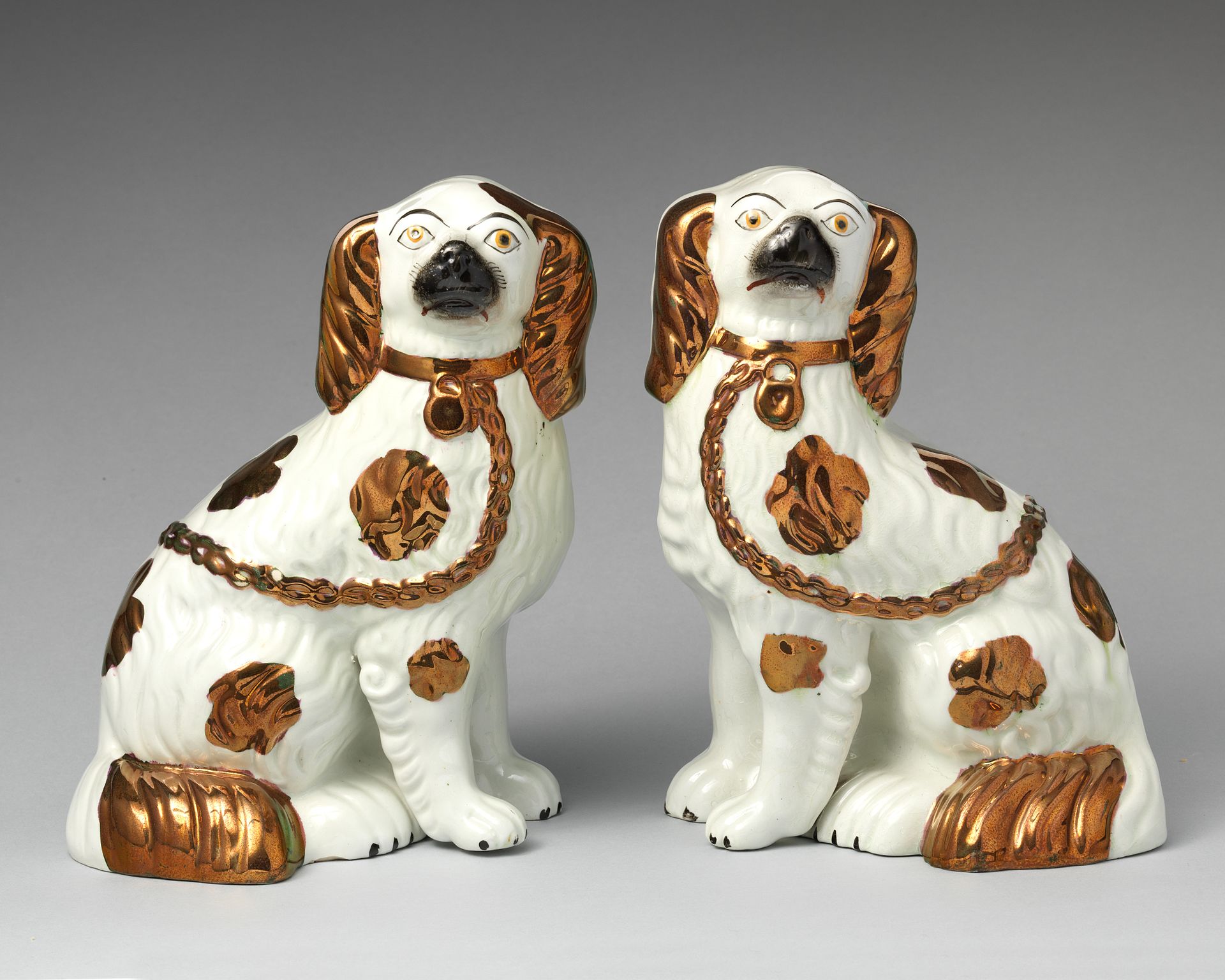
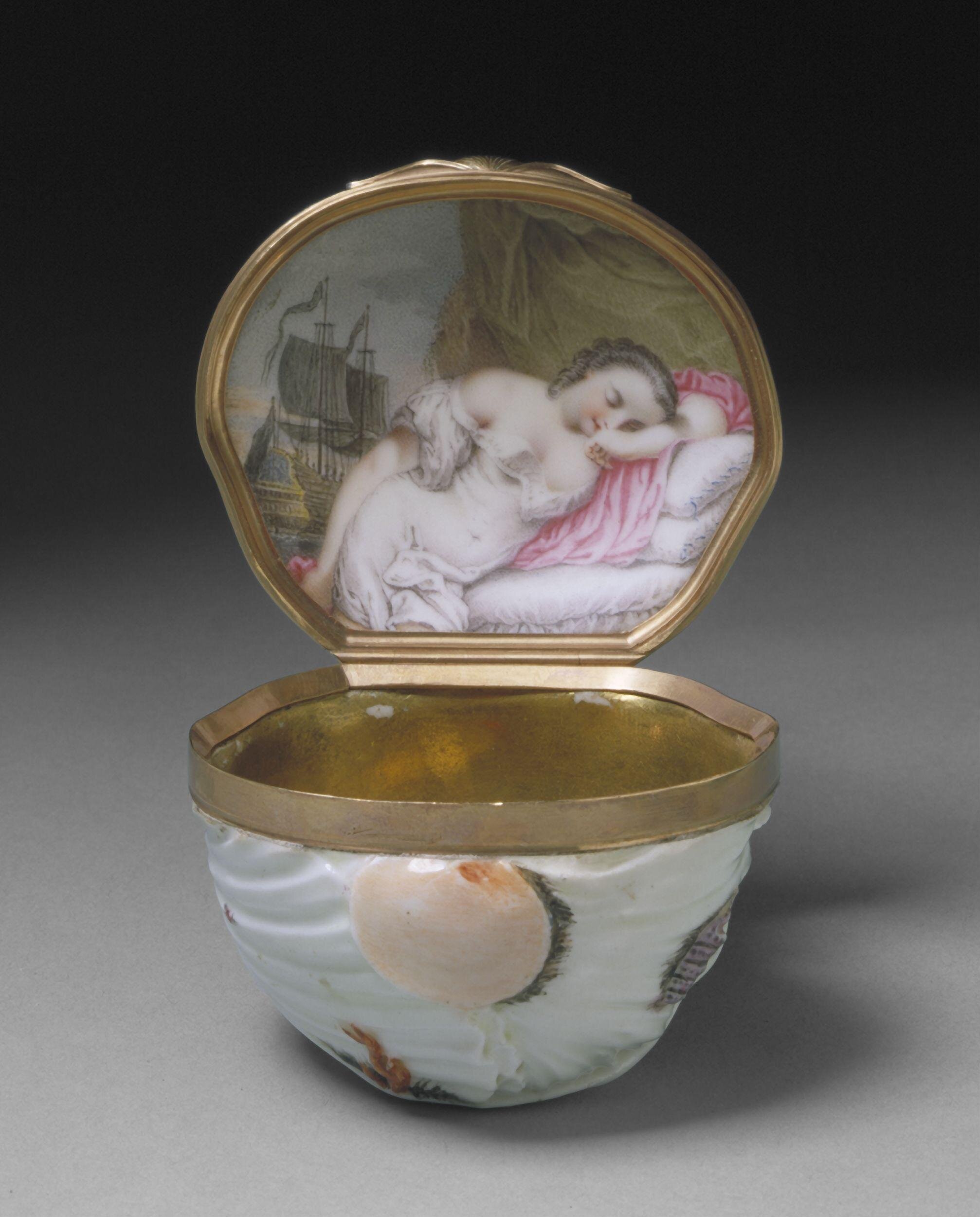
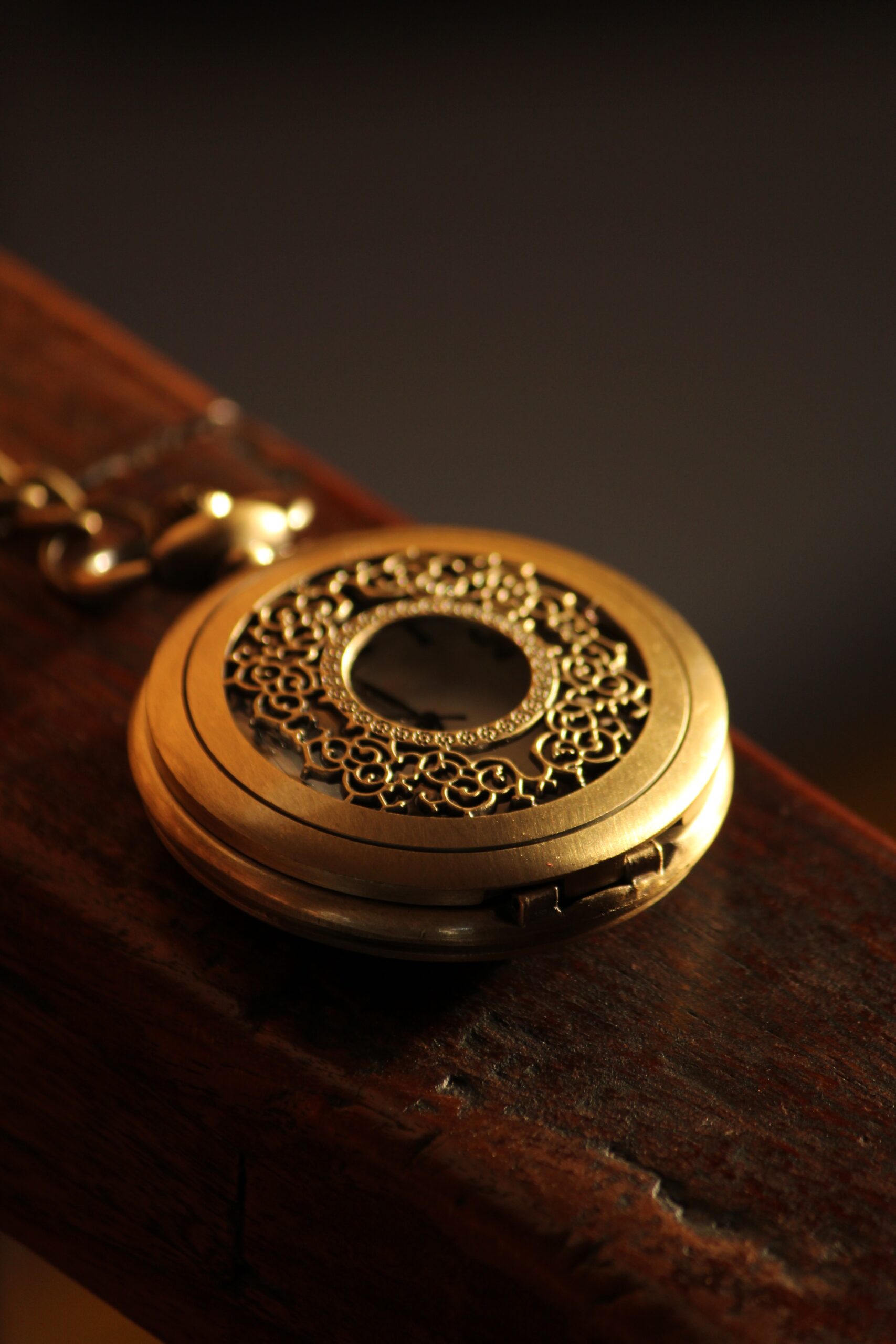
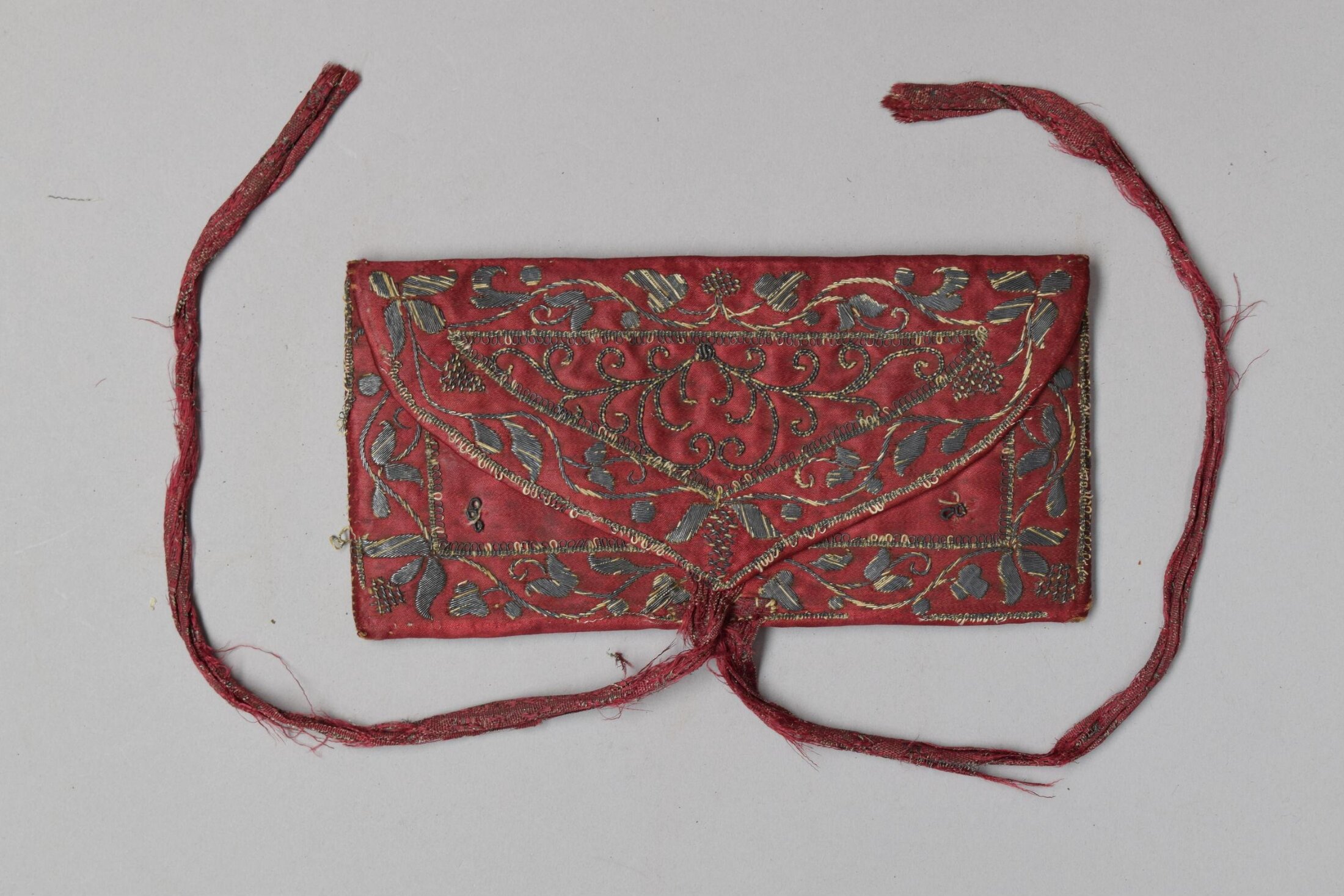

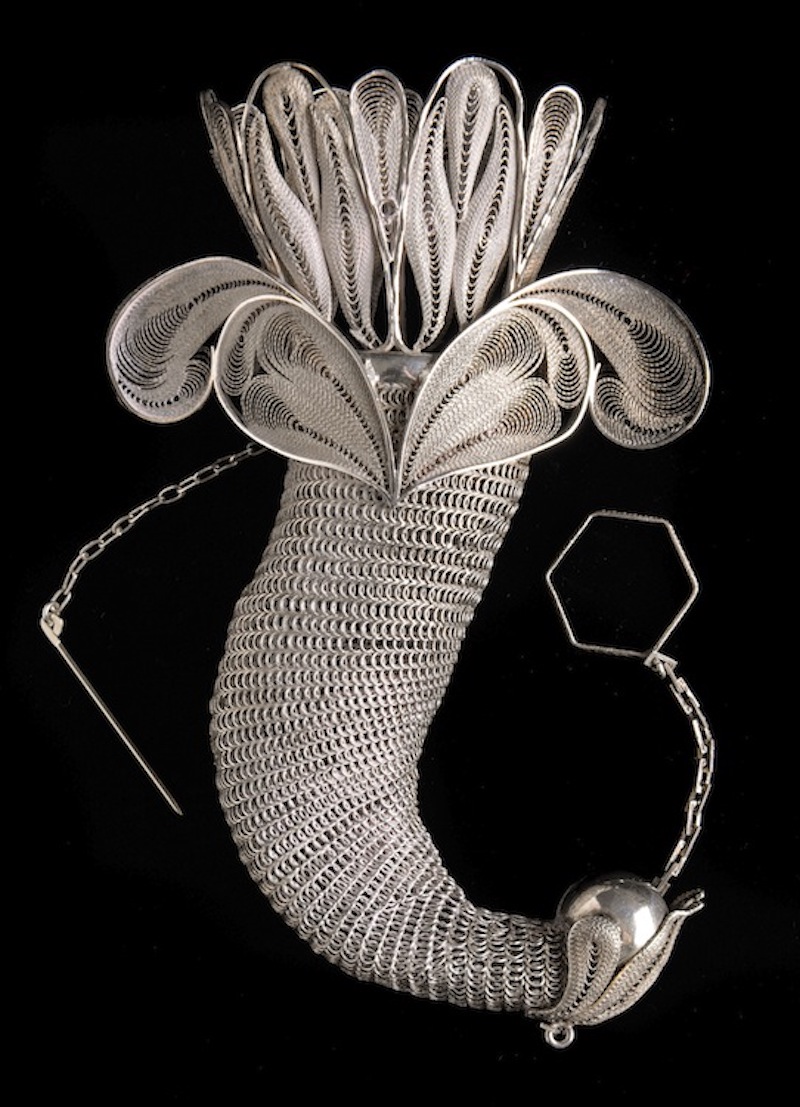
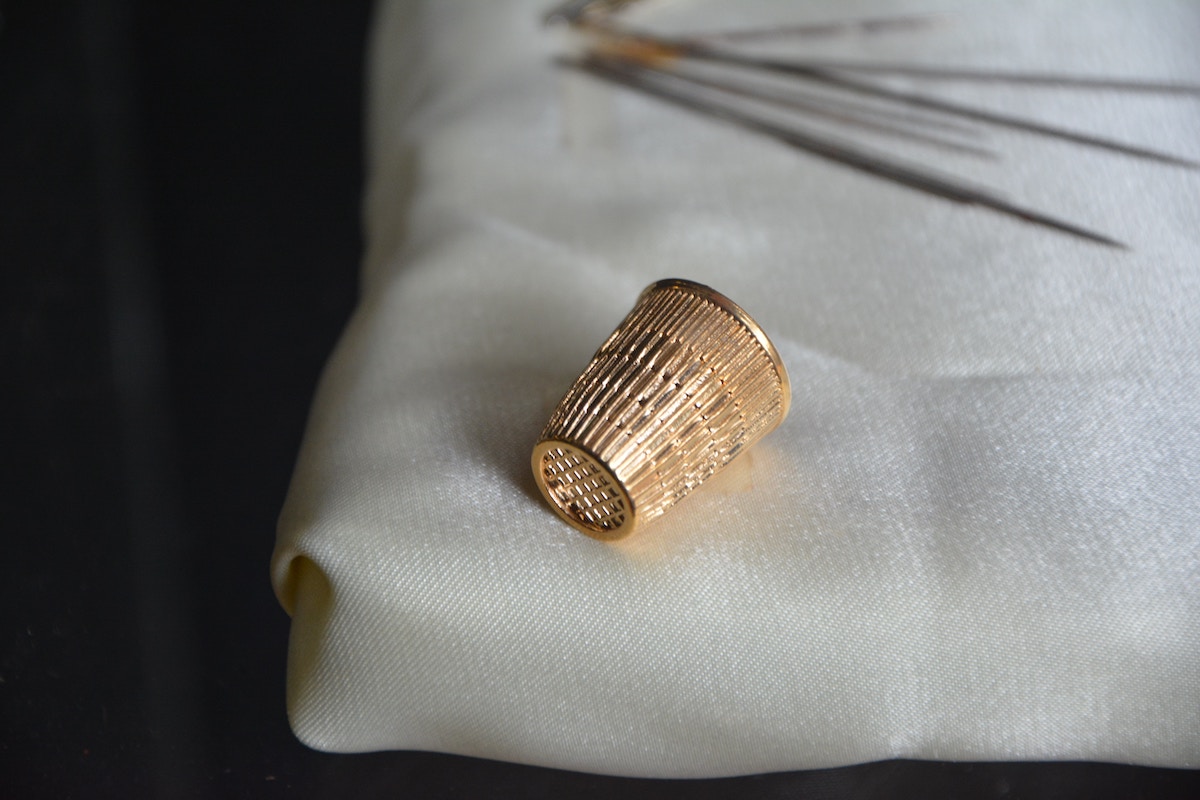
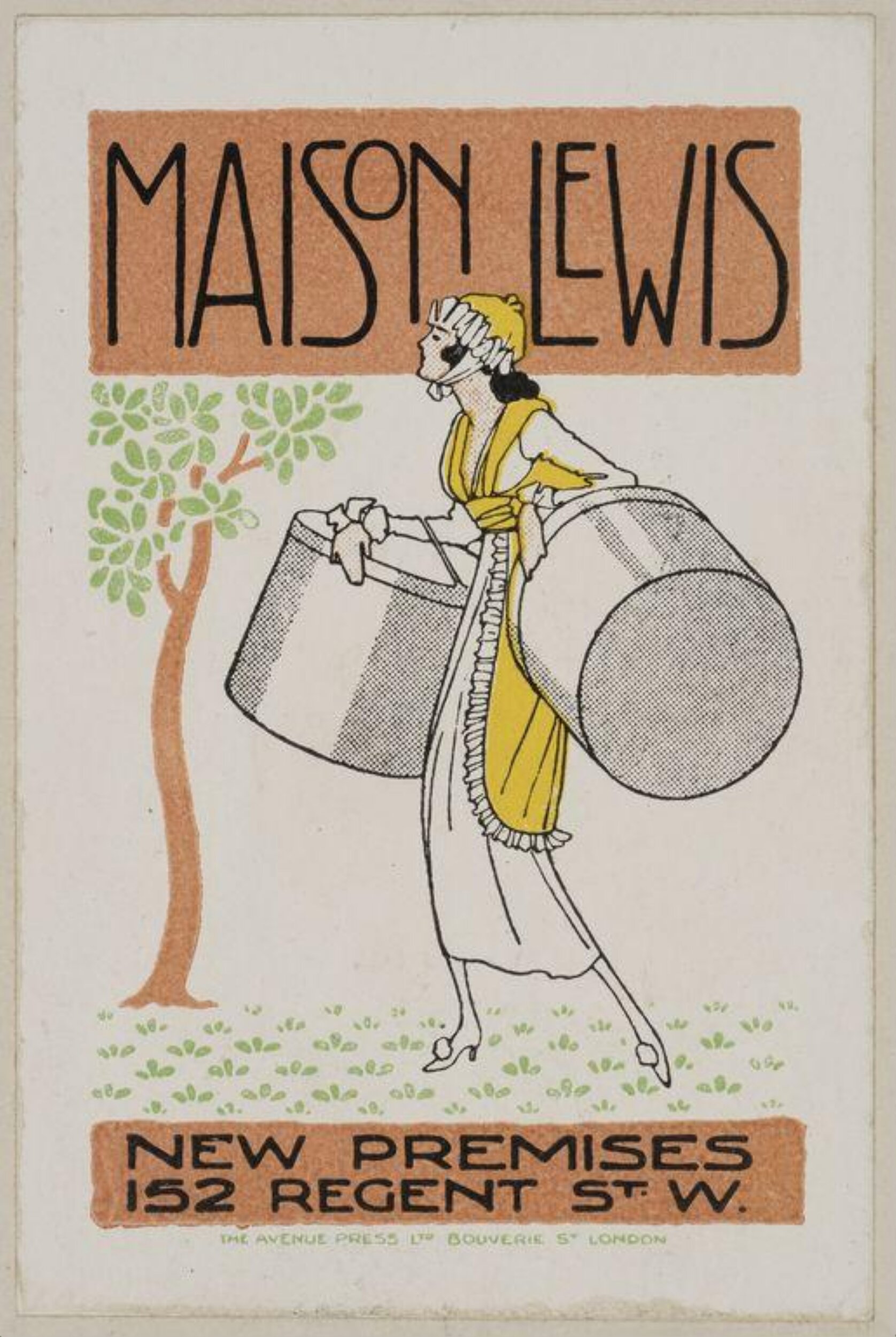


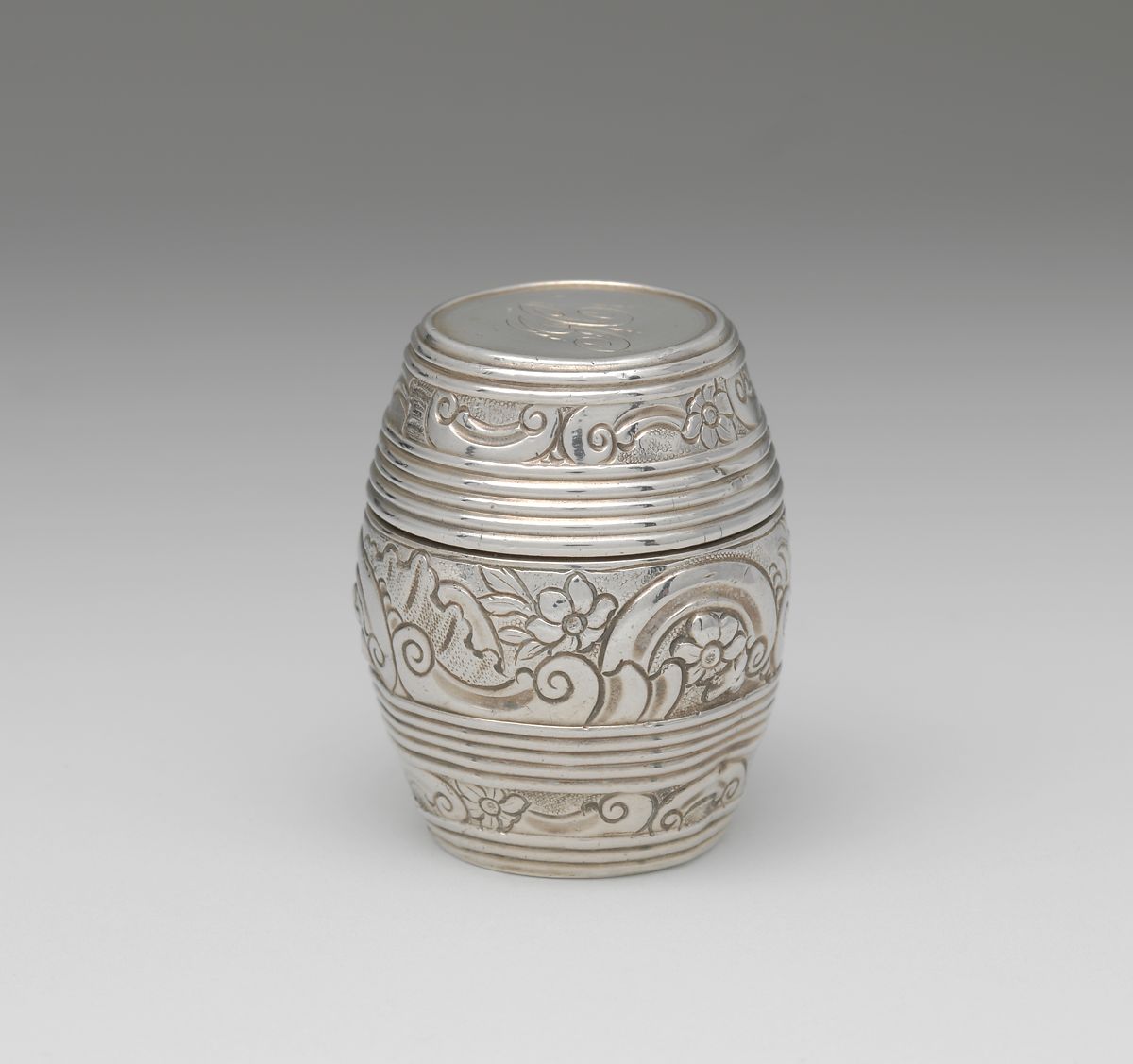
[…] here, here, here, here, here, here, here, here, […]